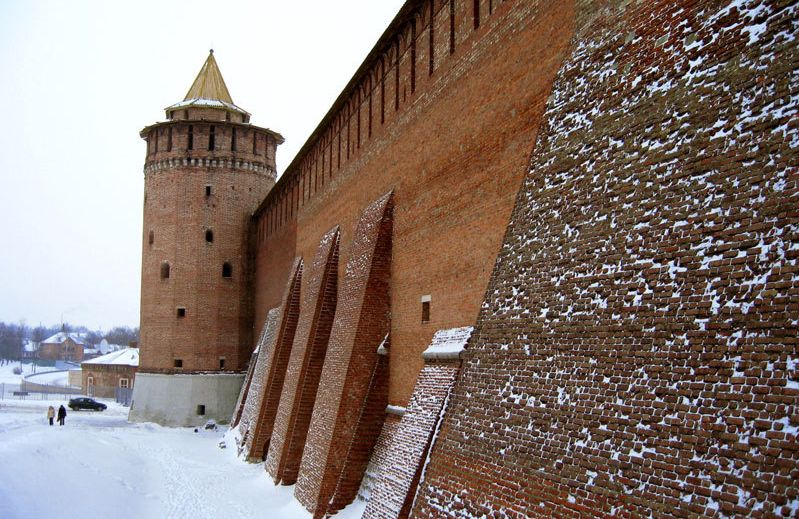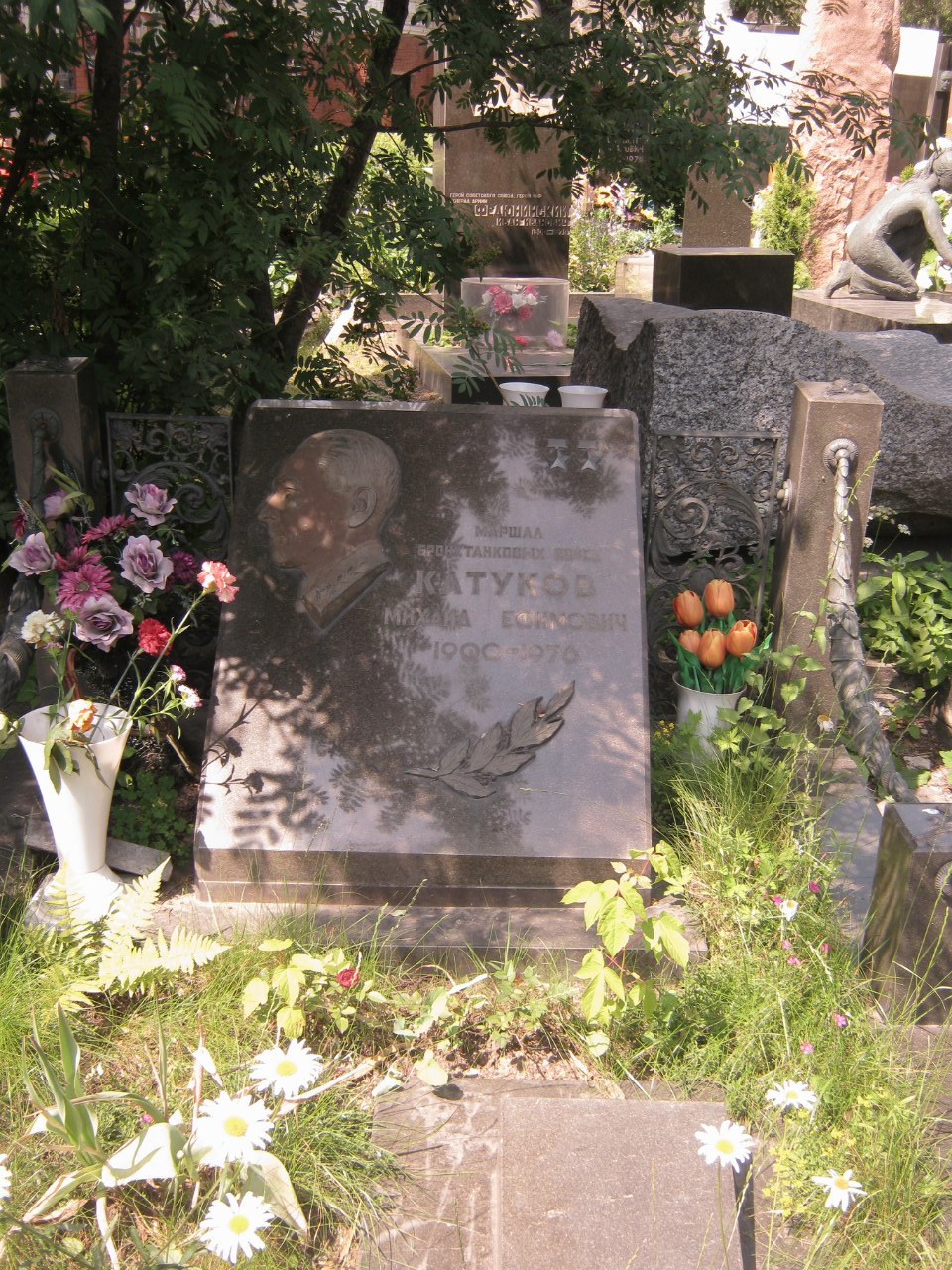|
Kolomensky Uyezd
Kolomensky Uyezd (''Коломенский уезд'') was one of the subdivisions of the Moscow Governorate of the Russian Empire. It was situated in the southeastern part of the governorate. Its administrative centre was Kolomna. Demographics At the time of the Russian Empire Census of 1897, Kolomensky Uyezd had a population of 111,927. Of these, 99.2% spoke Russian, 0.2% Polish, 0.2% German, 0.1% Romani, 0.1% Yiddish and 0.1% Ukrainian as their native language. Демоскоп Weekly - Приложение. Справочник статистических показателей Notable residents *Mikhail Katukov
[...More Info...] [...Related Items...] OR: [Wikipedia] [Google] [Baidu] |
Moscow Governorate
Moscow Governorate (russian: Московская губерния; pre-reform Russian: ), or the Government of Moscow, was an administrative division (a '' guberniya'') of the Tsardom of Russia, the Russian Empire, and the Russian SFSR, which existed in 1708–1929. Administrative division Moscow Governorate consisted of 13 uyezds (their administrative centres in brackets): * Bogorodsky Uyezd ( Bogorodsk/Noginsk) * Bronnitsky Uyezd (Bronnitsy) * Vereysky Uyezd (Vereya) * Volokolamsky Uyezd (Volokolamsk) * Dmitrovsky Uyezd (Dmitrov) * Zvenigorodsky Uyezd (Zvenigorod) * Klinsky Uyezd (Klin) * Kolomensky Uyezd (Kolomna) * Mozhaysky Uyezd (Mozhaysk) * Moskovsky Uyezd (Moscow) * Podolsky Uyezd (Podolsk) * Ruzsky Uyezd ( Ruza) * Serpukhovsky Uyezd (Serpukhov) History Moscow Governorate, together with seven other governorates, was established on , 1708, by Tsar Peter the Great's edict. [...More Info...] [...Related Items...] OR: [Wikipedia] [Google] [Baidu] |
Russian Empire
The Russian Empire was an empire and the final period of the Russian monarchy from 1721 to 1917, ruling across large parts of Eurasia. It succeeded the Tsardom of Russia following the Treaty of Nystad, which ended the Great Northern War. The rise of the Russian Empire coincided with the decline of neighbouring rival powers: the Swedish Empire, the Polish–Lithuanian Commonwealth, Qajar Iran, the Ottoman Empire, and Qing China. It also held colonies in North America between 1799 and 1867. Covering an area of approximately , it remains the third-largest empire in history, surpassed only by the British Empire and the Mongol Empire; it ruled over a population of 125.6 million people per the 1897 Russian census, which was the only census carried out during the entire imperial period. Owing to its geographic extent across three continents at its peak, it featured great ethnic, linguistic, religious, and economic diversity. From the 10th–17th centuries, the land ... [...More Info...] [...Related Items...] OR: [Wikipedia] [Google] [Baidu] |
Kolomna
Kolomna ( rus, Колóмна, p=kɐˈlomnə) is a historical types of inhabited localities in Russia, city in Moscow Oblast, Russia, situated at the confluence of the Moskva River, Moskva and Oka Rivers, (by rail) southeast of Moscow. Population: History Mentioned for the first time in 1177, Kolomna was founded in 1140–1160 according to the latest archaeological surveys. Kolomna's name may originate from the Old East Slavic, Old Russian term for "on the bend (in the river)", especially as the old city is located on a sharp bend in the Moskva River, Moscow River. In 1301, Kolomna became the first town to be incorporated into the Moscow Principality. Like some other ancient Russian cities, it has a Kolomna Kremlin, kremlin, which is a citadel similar to the Moscow Kremlin, more famous one in Moscow and also built of red brick. The stone Kolomna Kremlin was built from 1525–1531 under the Russian Tsar Vasily III. The Kolomna citadel was a part of the Zasechnaya cherta, Great ... [...More Info...] [...Related Items...] OR: [Wikipedia] [Google] [Baidu] |
Russian Empire Census
The first general census of the population of the Russian Empire in 1897 ( pre-reform Russian: ) was the first and only nation-wide census performed in the Russian Empire (the Grand Duchy of Finland was excluded). It recorded demographic data as of . Previously, the Central Statistical Bureau issued statistical tables based on fiscal lists (ревизские списки). The second Russian Census was scheduled for December 1915, but was cancelled because of World War I, which had begun during 1914. It was not rescheduled before the Russian Revolution. The next census in Russia only occurred at the end of 1926, almost three decades later. Organization The census project was suggested during 1877 by Pyotr Semenov-Tyan-Shansky, a famous Russian geographer and director of the Central Statistical Bureau, and was approved by Czar Nicholas II in 1895. The census was performed in two stages. For the first stage (December 1896 — January 1897) the counters (135,000 persons: t ... [...More Info...] [...Related Items...] OR: [Wikipedia] [Google] [Baidu] |
Russian Language
Russian (russian: русский язык, russkij jazyk, link=no, ) is an East Slavic languages, East Slavic language mainly spoken in Russia. It is the First language, native language of the Russians, and belongs to the Indo-European languages, Indo-European language family. It is one of four living East Slavic languages, and is also a part of the larger Balto-Slavic languages. Besides Russia itself, Russian is an official language in Belarus, Kazakhstan, and Kyrgyzstan, and is used widely as a lingua franca throughout Ukraine, the Caucasus, Central Asia, and to some extent in the Baltic states. It was the De facto#National languages, ''de facto'' language of the former Soviet Union,1977 Soviet Constitution, Constitution and Fundamental Law of the Union of Soviet Socialist Republics, 1977: Section II, Chapter 6, Article 36 and continues to be used in public life with varying proficiency in all of the post-Soviet states. Russian has over 258 million total speakers worldwide. ... [...More Info...] [...Related Items...] OR: [Wikipedia] [Google] [Baidu] |
Polish Language
Polish (Polish: ''język polski'', , ''polszczyzna'' or simply ''polski'', ) is a West Slavic language of the Lechitic group written in the Latin script. It is spoken primarily in Poland and serves as the native language of the Poles. In addition to being the official language of Poland, it is also used by the Polish diaspora. There are over 50 million Polish speakers around the world. It ranks as the sixth most-spoken among languages of the European Union. Polish is subdivided into regional dialects and maintains strict T–V distinction pronouns, honorifics, and various forms of formalities when addressing individuals. The traditional 32-letter Polish alphabet has nine additions (''ą'', ''ć'', ''ę'', ''ł'', ''ń'', ''ó'', ''ś'', ''ź'', ''ż'') to the letters of the basic 26-letter Latin alphabet, while removing three (x, q, v). Those three letters are at times included in an extended 35-letter alphabet, although they are not used in native words. The traditional ... [...More Info...] [...Related Items...] OR: [Wikipedia] [Google] [Baidu] |
German Language
German ( ) is a West Germanic languages, West Germanic language mainly spoken in Central Europe. It is the most widely spoken and Official language, official or co-official language in Germany, Austria, Switzerland, Liechtenstein, and the Italy, Italian province of South Tyrol. It is also a co-official language of Luxembourg and German-speaking Community of Belgium, Belgium, as well as a national language in Namibia. Outside Germany, it is also spoken by German communities in France (Bas-Rhin), Czech Republic (North Bohemia), Poland (Upper Silesia), Slovakia (Bratislava Region), and Hungary (Sopron). German is most similar to other languages within the West Germanic language branch, including Afrikaans, Dutch language, Dutch, English language, English, the Frisian languages, Low German, Luxembourgish, Scots language, Scots, and Yiddish. It also contains close similarities in vocabulary to some languages in the North Germanic languages, North Germanic group, such as Danish lan ... [...More Info...] [...Related Items...] OR: [Wikipedia] [Google] [Baidu] |
Romani Language
Romani (; also Romany, Romanes , Roma; rom, rromani ćhib, links=no) is an Indo-Aryan macrolanguage of the Romani communities. According to '' Ethnologue'', seven varieties of Romani are divergent enough to be considered languages of their own. The largest of these are Vlax Romani (about 500,000 speakers), Balkan Romani (600,000), and Sinte Romani (300,000). Some Romani communities speak mixed languages based on the surrounding language with retained Romani-derived vocabulary – these are known by linguists as Para-Romani varieties, rather than dialects of the Romani language itself. The differences between the various varieties can be as large as, for example, the differences between the Slavic languages. Name Speakers of the Romani language usually refer to the language as ' "the Romani language" or '' (adverb)'' "in a Rom way". This derives from the Romani word ', meaning either "a member of the (Romani) group" or "husband". This is also the origin of the term "Roma ... [...More Info...] [...Related Items...] OR: [Wikipedia] [Google] [Baidu] |
Yiddish
Yiddish (, or , ''yidish'' or ''idish'', , ; , ''Yidish-Taytsh'', ) is a West Germanic language historically spoken by Ashkenazi Jews. It originated during the 9th century in Central Europe, providing the nascent Ashkenazi community with a vernacular based on High German fused with many elements taken from Hebrew (notably Mishnaic) and to some extent Aramaic. Most varieties of Yiddish include elements of Slavic languages and the vocabulary contains traces of Romance languages.Aram Yardumian"A Tale of Two Hypotheses: Genetics and the Ethnogenesis of Ashkenazi Jewry".University of Pennsylvania. 2013. Yiddish is primarily written in the Hebrew alphabet. Prior to World War II, its worldwide peak was 11 million, with the number of speakers in the United States and Canada then totaling 150,000. Eighty-five percent of the approximately six million Jews who were murdered in the Holocaust were Yiddish speakers,Solomon Birnbaum, ''Grammatik der jiddischen Sprache'' (4., erg. Aufl., Hambu ... [...More Info...] [...Related Items...] OR: [Wikipedia] [Google] [Baidu] |
Ukrainian Language
Ukrainian ( uk, украї́нська мо́ва, translit=ukrainska mova, label=native name, ) is an East Slavic language of the Indo-European language family. It is the native language of about 40 million people and the official state language of Ukraine in Eastern Europe. Written Ukrainian uses the Ukrainian alphabet, a variant of the Cyrillic script. The standard Ukrainian language is regulated by the National Academy of Sciences of Ukraine (NANU; particularly by its Institute for the Ukrainian Language), the Ukrainian language-information fund, and Potebnia Institute of Linguistics. Comparisons are often drawn to Russian, a prominent Slavic language, but there is more mutual intelligibility with Belarusian,Alexander M. Schenker. 1993. "Proto-Slavonic," ''The Slavonic Languages''. (Routledge). pp. 60–121. p. 60: " hedistinction between dialect and language being blurred, there can be no unanimity on this issue in all instances..."C.F. Voegelin and F.M. Voegelin. 19 ... [...More Info...] [...Related Items...] OR: [Wikipedia] [Google] [Baidu] |
Mikhail Katukov
Marshal of Armoured Troops Mikhail Yefimovich Katukov (russian: Михаи́л Ефи́мович Катуко́в – 8 June 1976) served as a commander of armored troops in the Red Army during and following World War II. He is viewed as one of the most talented Soviet armor commanders. Mikhail Katukov holds the honor of the first major victory of the Soviet armored forces, the victory from October 4 to October 11, 1941 at Mtsensk over the 3rd and 4th tank divisions, which were part of the Guderian's Panzergruppe 2 in the Battle of Moscow. His other notable command during the German-Soviet War were that of 1st Guards Tank Army, which he commanded during the Battle of Kursk (1943), the Proskurov-Chernovtsy Operation (1944), the Lvov-Sandomierz Operation (1944), the Vistula Oder Operation (1945), and the Battle of Berlin (1945). He commanded 1st Guards Tank Brigade during the Battle of Moscow (1941), and 3rd Mechanised Corps David Glantz, Zhukov's Greatest Defeat – The ... [...More Info...] [...Related Items...] OR: [Wikipedia] [Google] [Baidu] |
Kolomensky Uyezd
Kolomensky Uyezd (''Коломенский уезд'') was one of the subdivisions of the Moscow Governorate of the Russian Empire. It was situated in the southeastern part of the governorate. Its administrative centre was Kolomna. Demographics At the time of the Russian Empire Census of 1897, Kolomensky Uyezd had a population of 111,927. Of these, 99.2% spoke Russian, 0.2% Polish, 0.2% German, 0.1% Romani, 0.1% Yiddish and 0.1% Ukrainian as their native language. Демоскоп Weekly - Приложение. Справочник статистических показателей Notable residents *Mikhail Katukov
[...More Info...] [...Related Items...] OR: [Wikipedia] [Google] [Baidu] |






